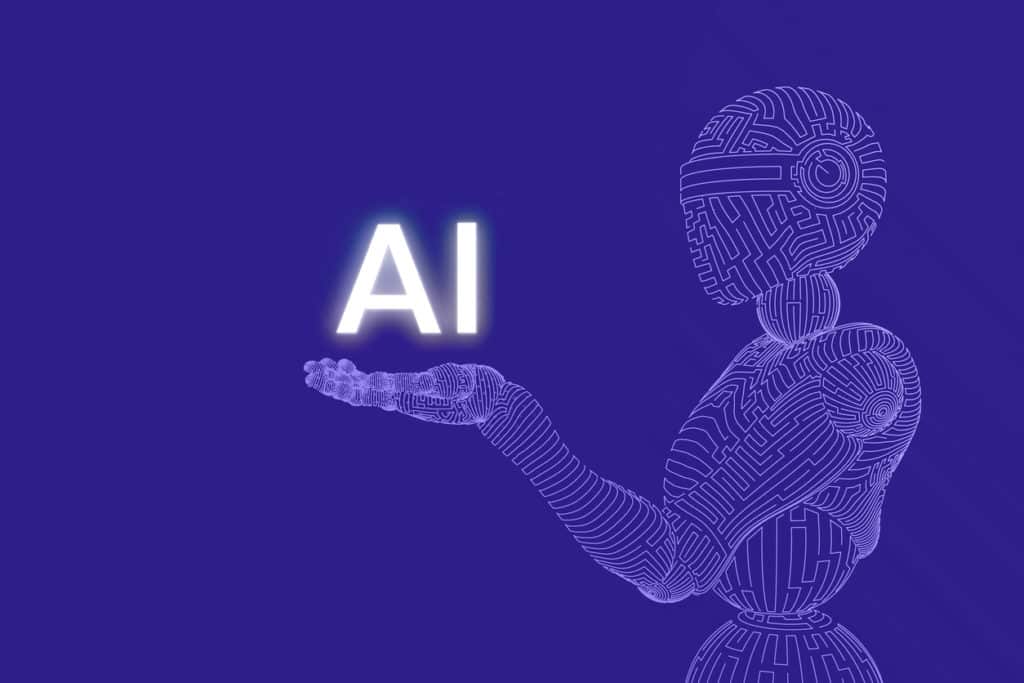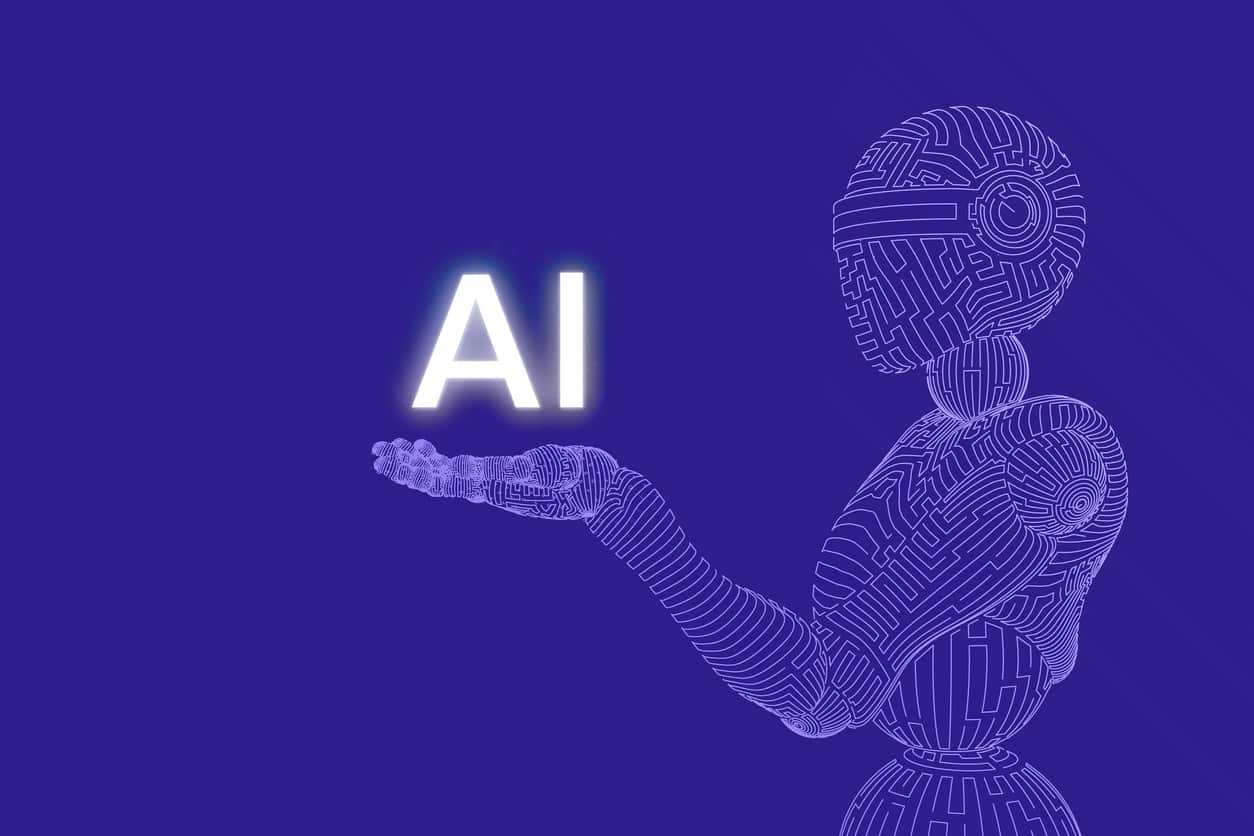In the continuously evolving artificial intelligence (AI) landscape, the quest for more interactive and intuitive systems has led to note-worthy advancements in natural language processing (NLP) and machine learning (ML). At the heart of these developments lies the Artificial Intelligence Markup Language (AIML), a pivotal tool that has been instrumental in shaping the future of AI-driven interactions.
This article discovers the intricacies of AIML, exploring its origins, structure, applications, and the transformative potential it holds within the domain of AI.
Origins and Evolution of AIML
Artificial Intelligence Markup Language (AIML), hereon mentioned, was developed in the late 1990s as part of the A.L.I.C.E. (Artificial Linguistic Internet Computer Entity) project, an initiative aimed at creating highly conversational bots. Dr. Richard Wallace’s pioneering work laid the foundation for AIML, which was designed to simplify the process of building AI chatbots by using XML (Extensible Markup Language) to define rules for conversational patterns. Over the years, AIML has evolved, incorporating more sophisticated features to enhance its functionality and adaptability in various AI applications.
The Structure of Artificial Intelligence Markup Language
At its core, the artificial intelligence markup language is structured around categories, patterns, and templates. Each category represents a unit of knowledge, consisting of a pattern that matches the user’s input and a template that defines the bot’s response. This simple yet powerful structure allows developers to create complex conversational flows by defining rules that guide the interaction between the user and the AI system.
- Patterns: These are the key phrases or words that the AI system looks for in the user’s input. Patterns can include wildcards, enabling the bot to recognize a wide range of inputs that fit a particular conversational context.
- Templates: Templates specify the response of the AI system when a pattern is matched. They can contain static text, dynamic content, and even instructions to perform specific actions, making the conversation more engaging and interactive.

Applications of AIML in Modern AI
The versatility of AI markup language has facilitated its application across various domains, revolutionizing the way businesses and consumers interact with AI systems.
- Customer Service Bots: AIML-powered chatbots are increasingly being adopted by companies to provide 24/7 customer support, handling inquiries, complaints, and providing information about products and services.
- Educational Tools: In the education sector, AIML chatbots serve as interactive learning assistants, offering personalized tutoring, answering student queries, and facilitating a more engaging learning experience.
- Healthcare Assistants: AIML is also making strides in healthcare, with bots designed to offer health advice, schedule appointments, and even provide preliminary diagnoses based on symptoms described by patients.
The Future of AIML: Trends and Innovations
As AI continues to advance, AIML is at the forefront of several emerging trends and technological innovations that promise to further enhance its capabilities and applications.
- Integration with Machine Learning: Combining AIML with ML algorithms offers the potential to create more adaptive and intelligent systems that can learn from interactions and improve their responses over time.
- Voice-Activated Systems: The integration of AIML with voice recognition technology is paving the way for more natural and intuitive voice-activated assistants, transforming how users interact with their devices and smart home systems.
- Multilingual Chatbots: Advances in AIML are enabling the development of multilingual chatbots capable of understanding and responding in multiple languages, breaking down language barriers, and making technology more accessible globally.
Challenges and Considerations
Despite its potential, the deployment of AIML is challenging. Issues such as ensuring privacy and security, overcoming language nuances, and creating contextually aware responses are critical considerations for developers. The ethical implications of AI and the need for transparent, unbiased systems are also increasingly coming to the forefront, requiring ongoing attention and innovation.
Conclusion
Artificial Intelligence Markup Language stands as a testament to the ingenuity and potential of AI to create more interactive, personalized, and intuitive systems. As AIML continues to evolve, its integration with advanced AI technologies promises to unlock new possibilities, making AI more accessible and effective across various domains. For AI experts and professionals, staying abreast of developments in AIML and its applications is essential to harnessing the full potential of AI to innovate and transform our world.








